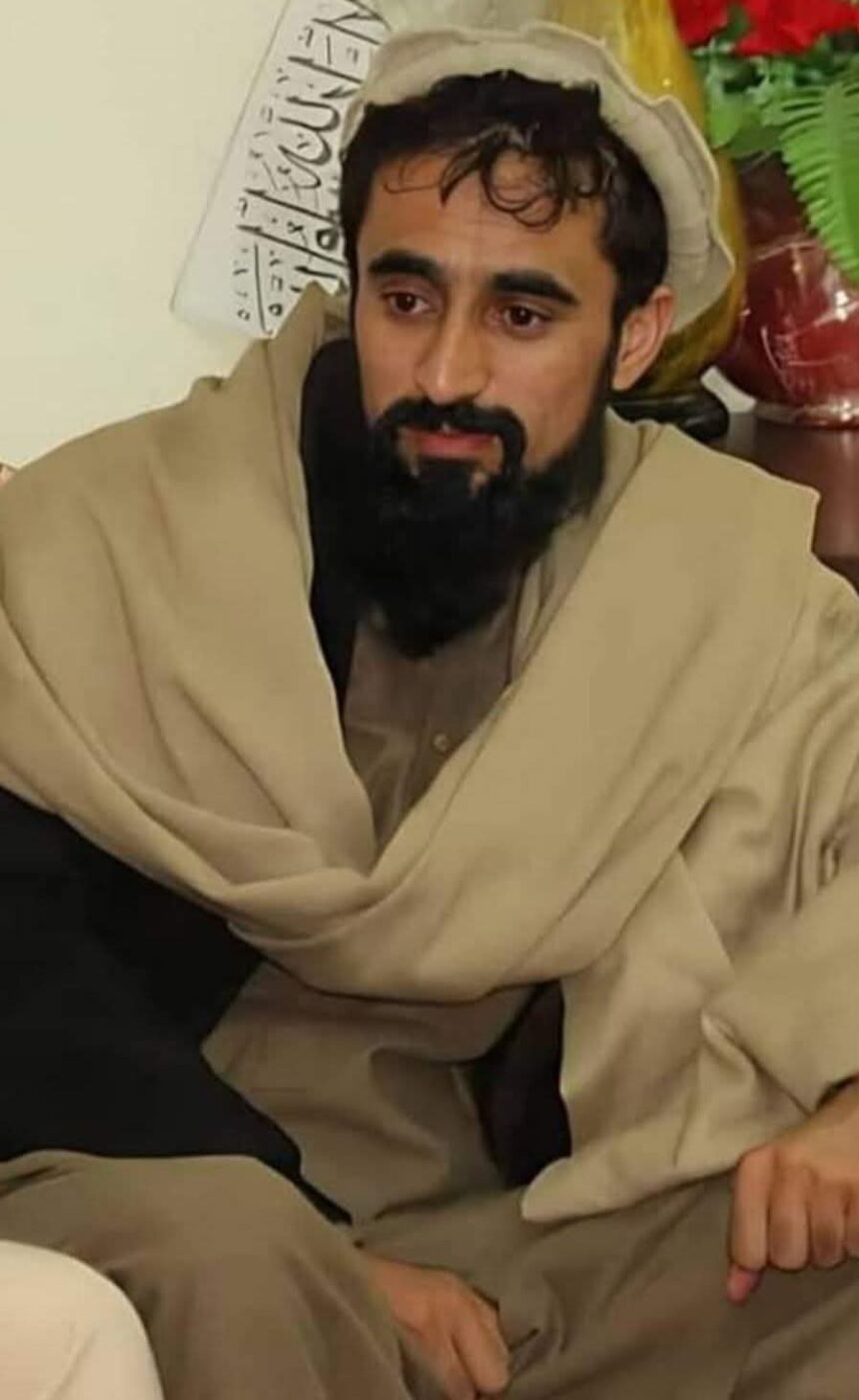RASC News Agency: Fresh indications of internal disarray within the Taliban regime have surfaced, as Salahuddin Salar, deputy head of intelligence at the Taliban’s Ministry of Defense and one of the group’s few prominent non-Pashtun figures, openly acknowledged the persistence of factional discord within the movement’s upper ranks. Salar, an ethnic Tajik from Badakhshan, has long stood out in a group dominated by Pashtun leadership from southern Afghanistan. His past clashes with Taliban fighters loyal to the Pashtun leadership in the north particularly in his home province underscore the enduring ethnic fault lines and power rivalries that increasingly define the Taliban’s internal dynamics. These tensions, while historically downplayed by Taliban propaganda, have resurfaced with renewed intensity following the group’s return to power in August 2021.
While reports suggest a temporary lull in physical confrontations in Badakhshan, multiple credible sources confirm that the mistrust between Taliban factions remains acute and unresolved. The infighting has extended beyond military coordination failures and now encompasses disputes over political authority, resource control, territorial command, and access to key decision-making roles most of which remain monopolized by hardline Pashtun clerics in Kandahar. Salar has recently drawn renewed attention due to a series of cryptic statements shared on social media. Though veiled in ambiguity, observers say these posts reflect an undercurrent of dissent and disillusionment within Taliban ranks especially among non-Pashtun commanders sidelined by the regime’s southern-centric leadership structure.
“Loyalty to the system without sincerity in following the orders of the leadership is meaningless,” Salar has reportedly warned, in what analysts interpret as a veiled critique of the Taliban’s top brass. According to regional security analysts, Salar’s growing public profile signals far more than a personal branding effort it reveals the fragile nature of the Taliban’s internal cohesion and exposes deep ideological and administrative rifts. Despite its strict censorship and brutal suppression of dissent, the Taliban has failed to contain the emergence of alternative voices from within its own ranks. “The Taliban’s claim to unity is a political illusion,” says one political researcher based in Central Asia. “Voices like Salar’s expose the ethnic stratification and authoritarian centralism that continue to fracture the regime’s credibility from within.”
These fissures are particularly dangerous for a regime that lacks inclusive legitimacy, democratic accountability, or institutional checks and balances. The centralization of power in the hands of a reclusive leader Hibatullah Akhundzada, whose extreme decrees have isolated Afghanistan internationally has only intensified internal disputes, especially among military and provincial commanders who see the regime’s obsession with ideological purity as a barrier to governance, development, and stability. Local reports also indicate that projects Salar has attempted to launch in Badakhshan and surrounding provinces have been delayed or obstructed by Taliban officials in Kandahar, reflecting a systemic bias against non-Pashtun-led initiatives. This has further inflamed grievances among northern Taliban factions, many of whom feel they were instrumental in the group’s military takeover but have since been excluded from governance.
If these divisions deepen, experts warn, the Taliban could face not only operational paralysis but a slow erosion of its own command structure potentially leading to breakaway factions, violent mutinies, or a full-fledged internal crisis. “The Taliban’s oppressive ideology may keep the population silent, but it cannot indefinitely suppress internal dissent from within its own ranks,” a Kabul-based political analyst told sources. In the absence of a national dialogue or inclusive governance, the Taliban’s reliance on force, fear, and factional loyalty may well become its greatest liability. Salar’s veiled defiance serves as a stark reminder that this regime far from being monolithic is riddled with the very divisions it accuses its opponents of harboring.






